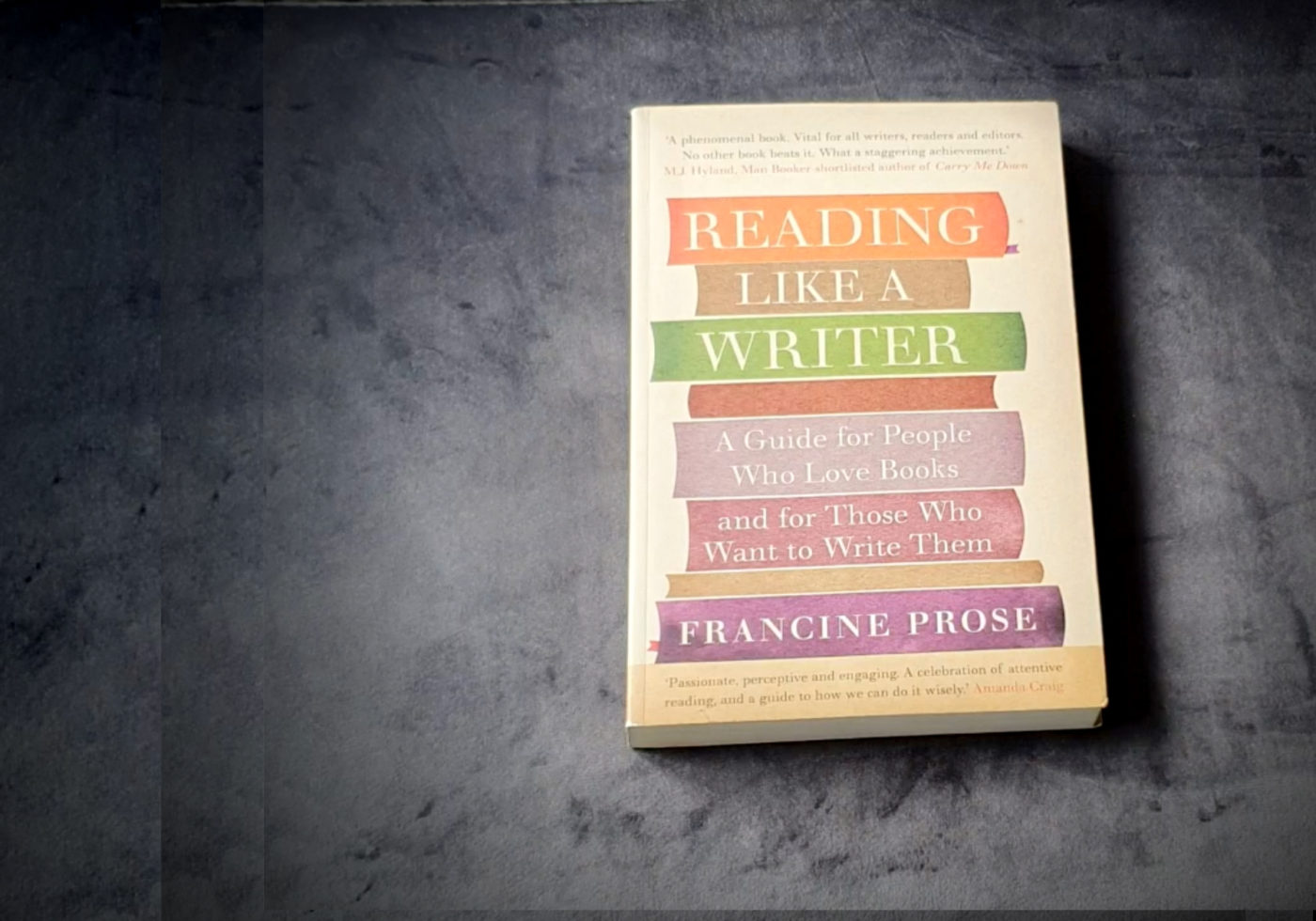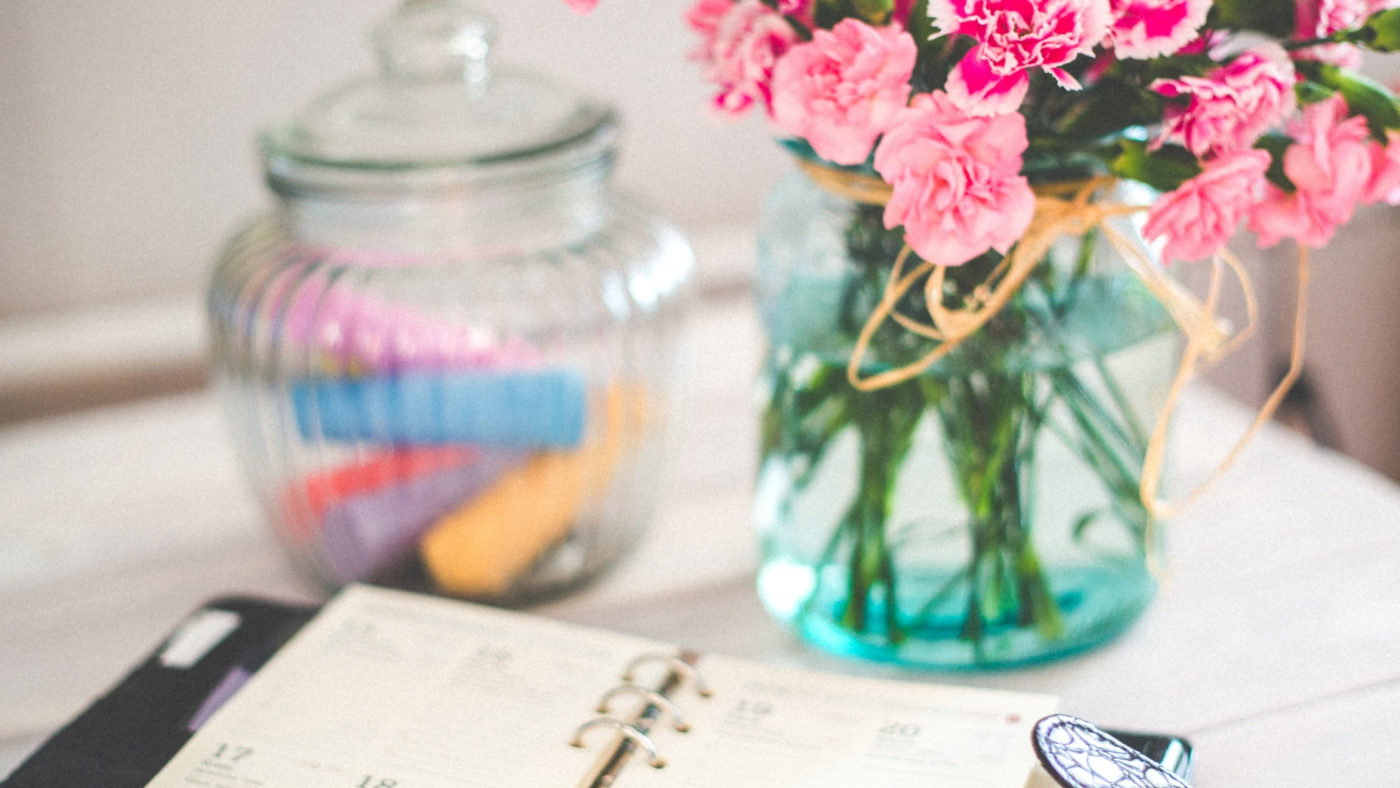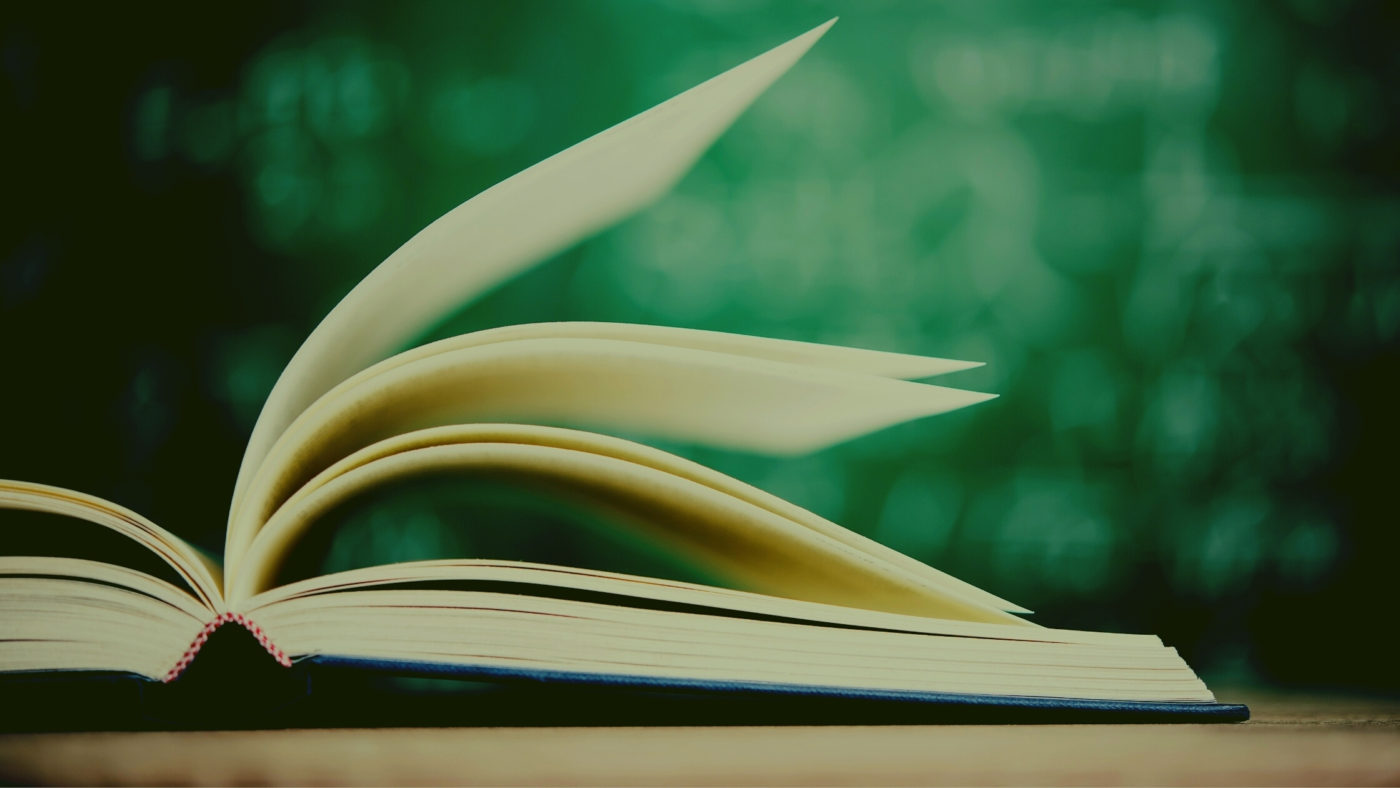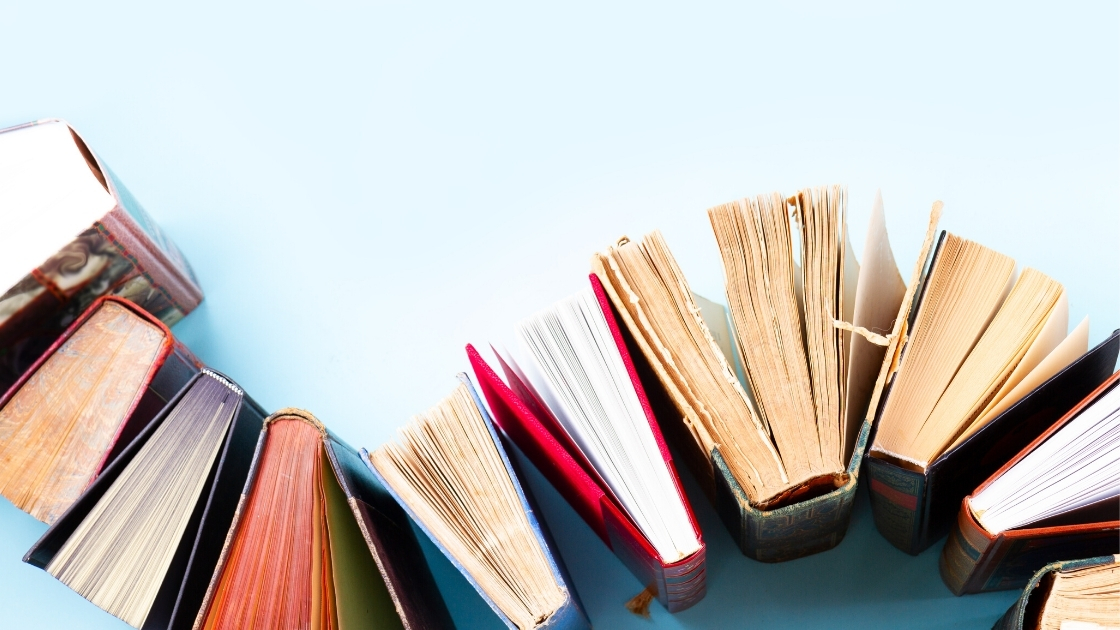This week, I’m focusing on reading like a writer. I’m going to tell you more about one of the books that have most helped become a better writer and provide some novel recommendations that illuminate the topic.
Close reading
Don’t worry, this doesn’t mean sitting on a packed train during rush hour with someone’s armpit in your face as you try and finish Crime and Punishment. This is a technique that is broken down fully into the one book that helped me with my prose and taught me how to be a ‘better’ reader too. It’s called Reading Like a Writer by Francine Prose. And yes, it’s her real name. I recommend it not only to writers but to any book lover who wants to appreciate an author’s writing fully.
The book is chaptered based on the various elements of writing, starting with words, then sentence, then paragraph followed by chapters on dialogue, narration and character among others. I thought that I paid attention when I read a book but in fact, until I read Reading Like a Writer, I’d only been reading at 50% capacity. Francine Prose eloquently argues that in order to become a great writer, you must ‘close read’ other authors’ work. Why did they choose one word over another? Why is this paragraph so much longer than this one? What does this detail tell us about the character or story?
If it sounds a bit dull, I promise you it’s anything but. Throughout the book, she chooses different passages by various writers and analyses them in microscopic detail. This gave me a much better understanding of how to choose words, construct sentences and create dialogue.
I cannot recommend this book highly enough!
Wide reading
I’ve interpreted reading like a writer a little wider than simply ‘deconstructing’ novels. I’ve found that reading memoirs and other types of non-fiction has also been beneficial. The same elements mentioned above generally apply to this type of writing too. Word choice, sentence structure, character development are still just as important.
And this links to my next point: reading beyond your genre. As well as reading historical fiction, memoirs and non-fiction, I love to read crime and psychological thrillers. I’m not great at plotting and these types of novels provide a masterclass in page-turning plot. This helped me at the macro level while close reading helped me at the micro level. Work out what areas you think you need most help with and seek out books that you think do those things well. They are a great way to learn (as long as you’re not copying of course)!
In the meantime, here are a couple of the may books Francine Prose recommends you ‘read immediately’ and that will give you a chance to practice reading like a writer.
One Hundred Years of Solitude by Gabriel Garcia Marquez
This is my all time favourite novel, I vividly remember missing my stop on the tube when reading it. While you’ll be reading this in translation (unless you know Spanish), it’s masterful at narration and character.
The Things The Carried by Tim O’Brien
This is a collection of short stories linked by their characters, who are all fighting in the Vietnam War. The writing is stunning, the characters’ inner worlds brought to life through the extraordinary use of language. It’s rare for me to cry when reading a story but this one managed it…
http://https://www.youtube.com/watch?v=YMq8zxKTmlA&ab_channel=NeemaShah
That’s all folks. Next week, I’m going to focus on character. Francine Prose’s book includes an entire chapter on character but I’ll have lots more book suggestions and tips in my blog too.
- Don’t forget to subscribe to this blog to make sure you’re always the first in the know.
- I’ll be doing an exclusive first look video each week with even more tips on YouTube so do check out my channel.
- I’d love to hear what you think of these tips so say hello here or follow me on Instagram, Facebook or Twitter.






